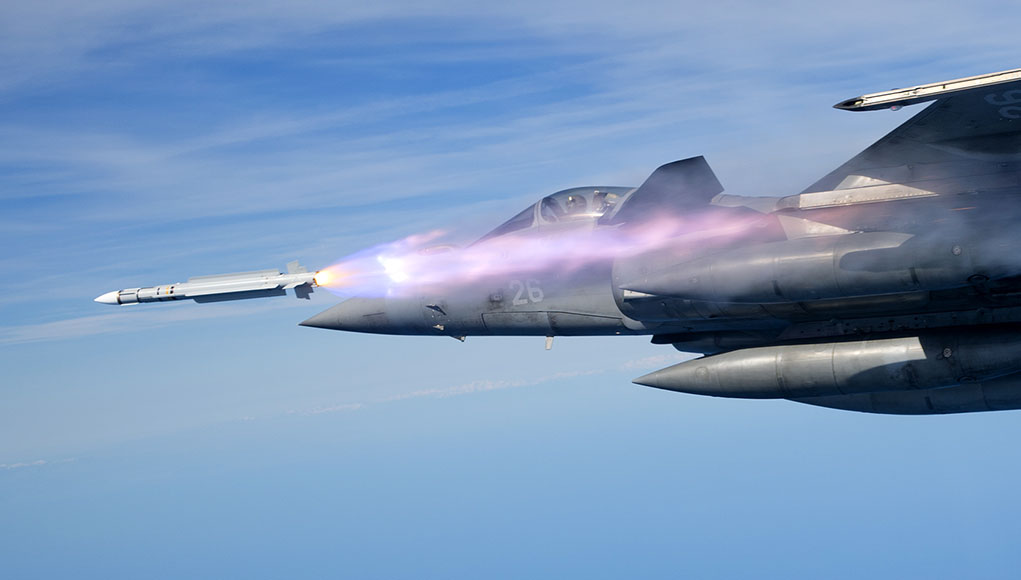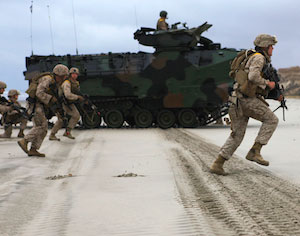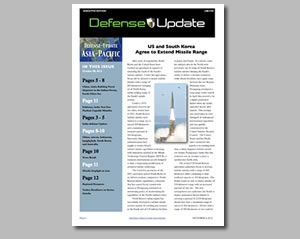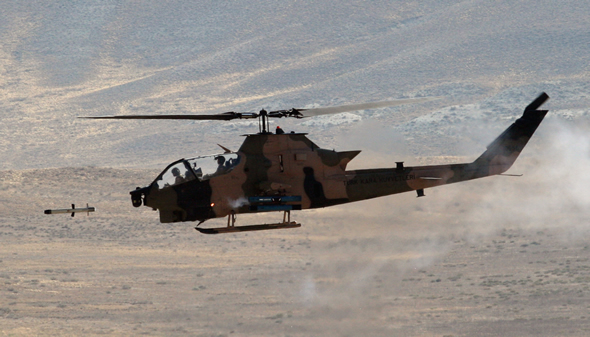
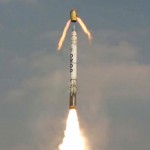
Second Successful Launch of the Indian Shourya Ballistic Missile
India has tested the Shourya nuclear-capable surface/surface missile, at the Integrated Test Range (ITR) at Chandipur off Orissa coast, about 15 km from Balasore. The missile can carry a warhead weighing one ton, a weight sufficient for a nuclear device. However, its massive warhead combined with relatively high accuracy of less than 30 meters (aided GPS) make the Shourya effective for conventional attack of high value targets. Shourya is scheduled to enter service in 2013. (Defense-Update)
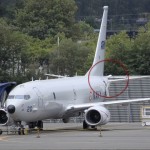
Neptune Prepared for Flight
September 21, 2011: The first Boeing P-8I ‘Neptune’ long range maritime reconnaissance (LRMR) aircraft for the Indian Navy is being readied for its initial flight, targeted by the end of the month. Following a development and training program lasting just over one year, the first P-8I will be delivered in January 2013 as part of an arms package worth up to $3.1 billion. The Indian model is an export version of the P-8A Poseidon, modified to address Indian requirements. (Guy Norris, Ares Blog)
Cyber Espionage Compromises Technical Data at Japan’s Defense Giant
September 21, 2011: One of japan’s largest defense contractors reported a cyber attack occurred last month may have compromised sensitive information on its servers. Mitsubishi Heavy Industry said in a statement that following an infection of its servers by a virus, system information such as network addresses was leaked from its internal network, resulting in leaking of data ‘relating to our products and techniques’ outside the company. An investigation has found that 45 servers and 38 computers were infected with eight types of viruses at 11 facilities in Japan, including its headquarters in Tokyo and shipyards in Nagasaki and Kobe. ‘Some of the infected machines were forcibly connected to overseas web sites, leading to the leak of Internet Protocol addresses and other network system information’ the company reported.
Taiwan developing asymmetrical strategies to deal with China
September 21, 2011: Taiwan is developing “asymmetrical strategies” utilizing unconventional capabilities to counter China’s military buildup, Deputy Defense Minister Andrew Yang said at a conference in Richmond, Virginia, this week, addressing the U.S.-Taiwan Defense Industry Conference. (Taiwan Focus)
China military growth to boost arms sales to Asia
September 21, 2011: China’s military build-up is forcing its Asian neighbors to ramp up their defenses, offering a new source of growth to western arms makers keen to offset belt-tightening in their home markets. A UK analyst expects “a sharp increase in spending on defense and security from many Asian nations who are keen to protect their borders, in part due to the growing influence of China in the region.” (Reuters)

Taiwan to Invest Half a Billion US$ for Pilot Training Program
U.S. Defense departments’ Defense Security Cooperation Agency released today details of Taiwan’s request for the upgrading of 145 F-16A/B fighters at a cost of $US5.3 BILLION (!!). The package includes the integration of an unspecified AESA radar, helmet mounted cueing system (JHMCS) supporting AIM-9X air/air missiles and advanced electronic warfare and self-protection systems. Targeting pods and precision guided munitions will also enhance the fighters’ air/ground capability. Taipei is also requesting U.S. approval for a pilot training program worth about half a billion US$, to include training Taiwan’s pilots at the Luke Air Force Base in Arizona, in addition to associated equipment, parts, training and logistical support. According to the Defense Security Cooperation Agency (DSCA), the Economic and Cultural Representative Office of Taipei is seeking to sustain continued long-term support of its pilot training program, and logistics support for F-16 aircraft stationed at Luke Air Force Base. Taipei has also requested approval for acquisition of US$52 million worth of spare parts to support its U.S. built F-16A/B, F-5E/F and C-130H aircraft, and U.S. manufactured spares supporting Taiwan’s Indigenous Defense Fighter (IDF) aircraft. (Defense-Update)
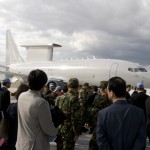
Boeing Delivers Peace-Eye 737 AEW&C to Korea
September 21, 2011: The first Peace-Eye 737 Airborne early Warning & Control (AEW&C) aircraft was delivered today to the Republic of Korea Air Force (ROKAF). The aircraft landed at the ROKAF Base Gimhae, the main operating base for the aircraft. (Defense-Update)

Rafael Fires Spike ER Missiles for Indian Evaluation
September 19, 2011: RAFAEL completed a successful test firing of three Spike ER multi-purpose air-to-surface missiles from an Israeli air force helicopter, qualifying the israeli company proposal for the Indian Air Forces’ 3rd Generation Anti-tank weapon program. The Indian Air Force can now proceed with the final selection between the two competitors, MBDA’s PARS3LR and RAFAEL’s Spike ER, to equip its Light Combat Helicopters (LCH). (Flight Global)
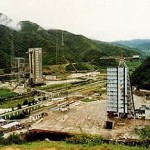
China Launches a New Military Communications Satellite
September 18, 2011: China has launched the Chinasat 1A spacecraft on a Long March rocket. The The 11,500-pound satellite, thought to be a military communications satellite was launched into a geosynchronous transfer orbit with a high point of more than 22,200 miles, a low point of almost 120 miles and an inclination of 27 degrees, according to U.S. military tracking data. According to Chinese news agency Xinhua the satellite was built by the China Aerospace Science and Technology Corp. (Spaceflightnow.com)
September 15, 2011: BCL to deploy the First Immersive Tactical Trainer in India
Raytheon Company has signed a contract with BCL Secure Premises of India to provide a virtual immersive training system to the New Delhi-based company. BCL serves as an exclusive re-seller of Raytheon’s VIRTSIM in the region. VIRSIM was developed by Motion Reality, Inc. (MRI) to provide fully-immersive 3-D simulation for tactical training of small unit. The system supports a full squad of up to 13 individuals, providing interactive training in customized mission scenarios with complete freedom of motion. The Delhi installation will be the first in India, will support demonstrations and training scenario development for military, law enforcement and security in the region.

